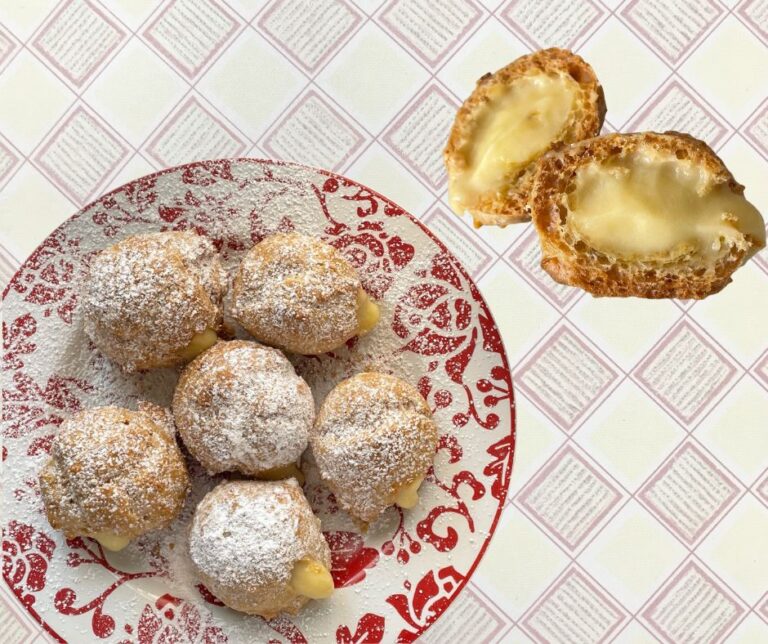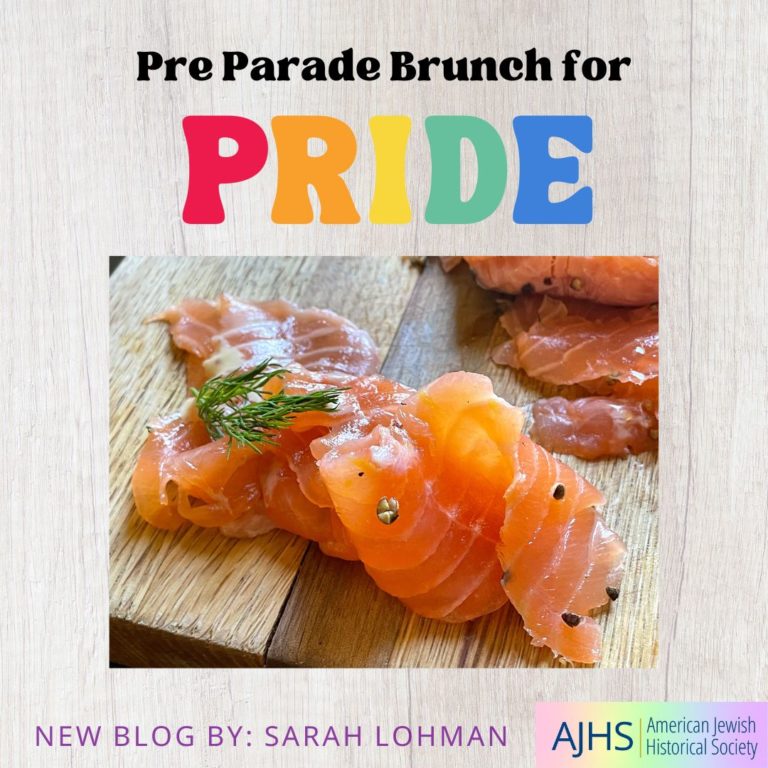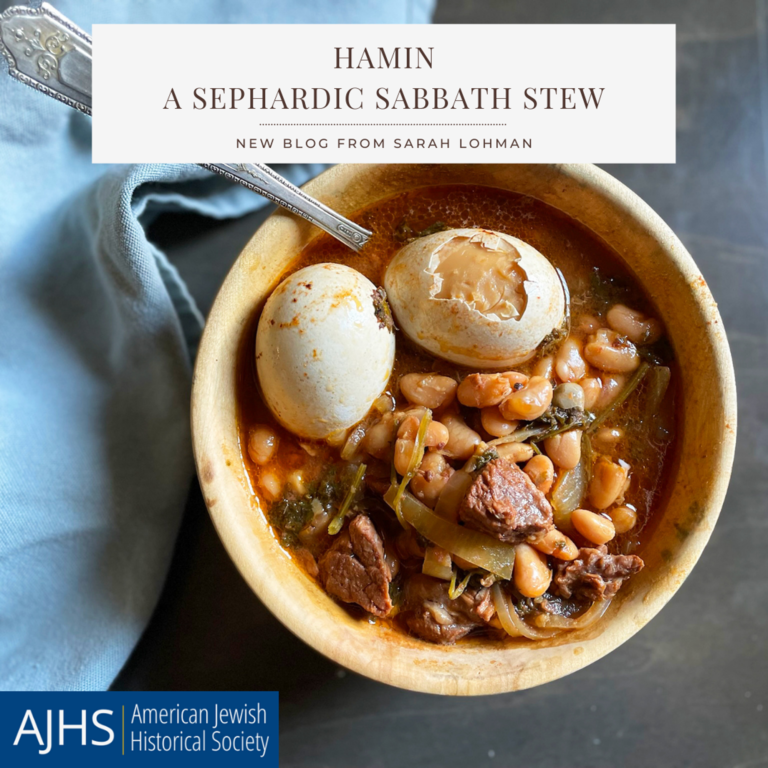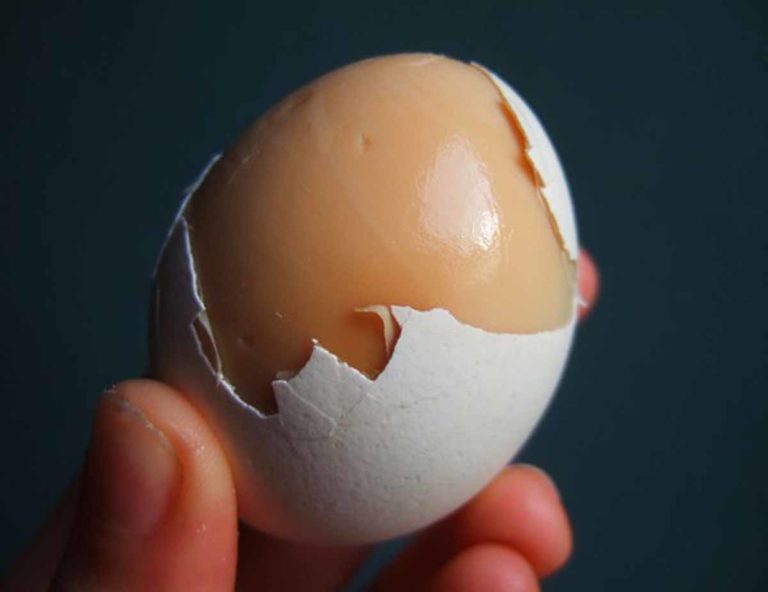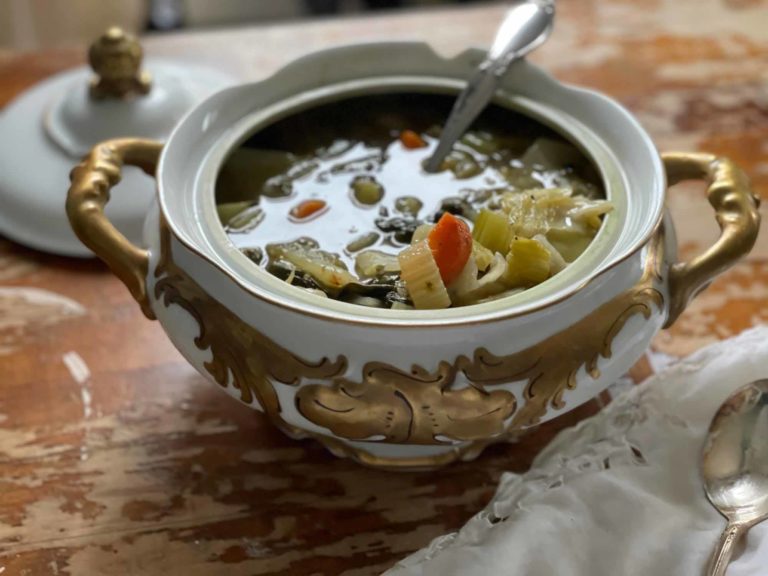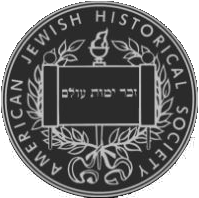American Jews have eaten Chinese food on Christmas for over 100 years…
In honor of this tradition, I decided to cook a recipe from one of the American Jewish Historical Society’s collection of historical cookbooks. This collection includes three volumes dedicated to Kosher Chinese cooking: Kosher Chinese Cookbook by Millie Chan, 1990; Chinese Kosher Cooking by Betty S. Goldberg, 1984; and The Kosher-Chinese Cookbook by Bob Grossman, 1963. I used all three to put together a three-course meal Jewish Christmas meal that you can make at home!
“Chinese food on Christmas Day is as much an American Jewish ritual as the Seder on Passover,” wrote journalist Jennifer Lee in her book, The Fortune Cookie Chronicles. Lee attributes the Chinese-Food-On-Christmas ritual to the fact that Jewish and Chinese immigrants didn’t celebrate Christmas as did the majority Christian Americans, meaning, that Chinese restaurants would be open on Christmas, and Jewish people would go to the them to eat. In turn of the century Manhattan, the densely populated Jewish Lower East Side of Manhattan was only a short walk to Chinatown.
Chinese cooking is sometimes referred to as “safe traif.” It uses no dairy, so it can’t break the Kosher laws against the combination of meat and milk. Much Chinese-American cuisine does use pork, however, it’s easy to cut out and replace at home.
THE MENU
First Course: Wonton Soup
Our first course of Wonton Soup comes from Millie Chan’s the Kosher Chinese Cookbook. Chan is from a Chinese-American family. Her parents owned a Chinese restaurant in San Antonio, Texas, where her large extended family instilled in her a love of traditional Cantonese cooking. She later worked as a cooking instructor, and, after working with a student who kept Kosher, she decided to adapt many of her recipes to Jewish dietary law. She ended up teaching Kosher Chinese cooking classes at Manhattans’ Spanish-Portuguese Synagogue for many years.
In the course of her work as a cooking instructor, Chan found many similarities between traditional Chinese and Jewish cuisines. She compared folded wontons with a meat filling to kreplach, and suggests that student chefs “serve wonton soup rather than the traditional matzah ball soup.” I think it’s a fun suggestion! So, here’s Chan’s recipe for Wonton Soup:
Ingredients
For the Wontons:
- 1 pound ground turkey
- 1 tablespoon minced scallions
- 1 teaspoon finely minced fresh ginger
- 1 tablespoon soy sauce
- 1 teaspoon salt
- 1 teaspoon sugar
- 1 tablespoon toasted sesame oil
- 1 teaspoon cornstarch
- 2 teaspoons rice wine or water
- 1 egg
- 1 tablespoon corn oil
- 90 wonton wrappers

For the Soup:
- 7 cups chicken broth
- 1 1/2 teaspoons Kosher salt
- 1 teaspoon fresh cracked black pepper
- 1 teaspoon toasted sesame oil
- 40 wontons
- 2 tablespoons minced scallions
- Soy sauce, hot sauce, chili oil
Instructions
For the Wontons:
- Combine the filling ingredients and mix clockwise until the mixture is light and sticky.
- Keep wonton wrappers and finished wontons covered with a moist dish towel to prevent drying.
- Place a wrapper on the counter with one corner pointing toward you. Put ½ teaspoon of the filling on this corner.
- Roll the corner over the filling to form a roll about halfway up the wrapper. Moisten the left and right corners of the rolled wrapper with water, bring around the right corner and stick it on top of the left corner. Press the corners to seal. Repeat until all the filling is used. Will make about 90 wontons; extras can be frozen to eat later.

For the Soup:
- Bring the broth to a boil in a large pot.
- Add the salt, pepper, and sesame oil into the broth.
- Turn off heat, add wontons to broth, and return to a boil
- When it starts to boil, lower the heat to a simmer and let cook for ten minutes.
- Prepare bowls with a dash of soy sauce and a pinch of scallions. Ladle soup into bowls, and provide guests with soy sauce, scallions, sesame oil, hot sauce, and chili oil so that they may further season the soup to their tastes.
- Enjoy!
Main: Chinese Five Spice Brisket
The main course of our Kosher Chinese feast is a recipe inspired by Betty S. Goldberg’s Chinese Kosher Cooking. Goldberg received a Chinese cookbook on her first wedding anniversary, and quickly developed a passion for Chinese cuisines. Her recipe for Spiced Cold Brisket presents the perfect flavor mashup for our main course. The spices she used for the Brisket were similar to the flavor profile of Chinese Five Spice Powder (五香粉), a blend usually consisting of star anise, fennel, cinnamon, cloves and Szechuan peppercorns (it can also include ginger, nutmeg, turmeric, and orange peel); and thus: the Chinese Five Spice Brisket. This roast is herbal and deeply savory, while the soy sauce marinade locks in the moisture. The spice blend can be made from scratch, store-bought. Recipe is for a 2-4 pound brisket; if larger, increase measurements accordingly.
Ingredients:
- 1 cinnamon stick
- 3 whole cloves
- 1/2 teaspoon ground peppercorn
- 2 tablespoons honey
- 2 tablespoons rice wine vinegar
- 1 cup soy sauce
- 2 tablespoons Chinese Five Spice Powder
- 1 tablespoon Szechuan peppercorns or fresh cracked black peppercorns (optional)
- 2 tablespoons oil

Instructions:
- Combine the first six ingredients in a one gallon plastic bag. Seal and squish around until honey is dissolved. Rinse brisket and add to bag. Seal and refrigerate 12-24 hours, flipping over at least once.
- Remove brisket from bag, reserving marinade.
- Rub brisket with about 2 tablespoons of Chinese Five Spice Powder. You can also add Szechuan, or black peppercorns.
- Preheat the oven to 275°.
- Add oil to a heavy-bottomed Dutch oven. Heat oil over medium high heat until smoking; add brisket, searing on all sides until browned, about 10 minutes total.
- Add reserved marinade and two cups of water. Bring to a simmer. Turn off heat and move Dutch oven into the oven, and roast uncovered for 45 minutes per pound.
- When done, the roast will be tender, and the thermometer inserted into the thickest part of the roast should read around 200 degrees (ten degrees above or below is just fine).
- Serve hot as part of a main course with sides, or cold for a lunch or appetizer spread.
Dessert Course: Fortune Strudel
For dessert, serve the simple, silly and, sweet “Fortune Strudel” from The Chinese-Kosher Cookbook by Bob Grossman. Grossman’s cookbook reads like an Anzia Yezierska novel; the recipes are written in dialect inspired by Grossman’s grandmother. In Grossman’s childhood, he recounts, he would avoid his Grandma Slipakoff’s invitations to Friday night supper, choosing Chinese food over her endless routine of chicken or roast beef. One week she said “All right, you’ll come over Friday night, I’ll cook Chow Mein.” From that day forward, she dedicated herself to tempting her grandchildren over for dinner with her takes on Chinese-American cooking.
Here’s Grossman’s “recipe” for Fortune Strudel:
“Before you get from the shelf your flour, let us tell you something. Strudel making is not a picnic. So better you find a nice bakery and buy there your strudel. When you get home from the bakery, you’ll take some little pieces of paper and write on them fortunes…When all the fortunes are written, you’ll put each one on a plate and on the top you’ll put a piece strudel. Let a little piece paper stick out from underneath so they’ll see it and not eat it together with the strudel.”
One of Grossman’s suggested fortunes offers great advice for the holiday season: “Don’t be surprised if you get a gift soon. If you don’t like it, you can always exchange it.”

